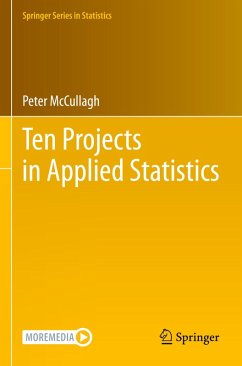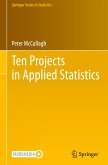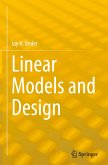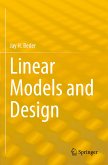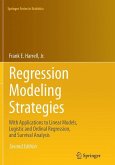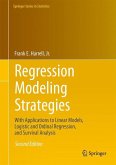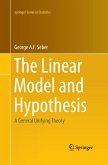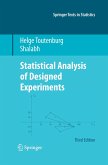The first half of the book is aimed at quantitative research workers in biology, medicine, ecology and genetics. The book as a whole is aimed at graduate students in statistics, biostatistics, and other quantitative disciplines. Ten detailed examples show how the author approaches real-world statistical problems in a principled way that allows for adequate compromise and flexibility. The need to accommodate correlations associated with space, time and other relationships is a recurring theme, so variance-components models feature prominently. Statistical pitfalls are illustrated via examples taken from the recent scientific literature. Chapter 11 sets the scene, not just for the second half of the book, but for the book as a whole. It begins by defining fundamental concepts such as baseline, observational unit, experimental unit, covariates and relationships, randomization, treatment assignment, and the role that these play in model formulation. Compatibility of the model with the randomization scheme is crucial. The effect of treatment is invariably modelled as a group action on probability distributions. Technical matters connected with space-time covariance functions, residual likelihood, likelihood ratios, and transformations are discussed in later chapters.
Bitte wählen Sie Ihr Anliegen aus.
Rechnungen
Retourenschein anfordern
Bestellstatus
Storno

